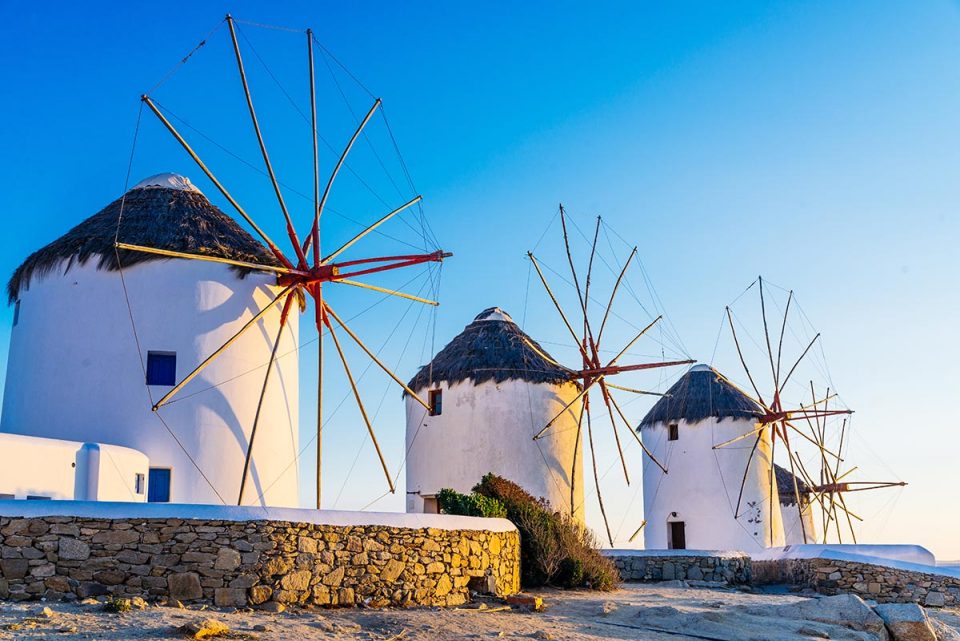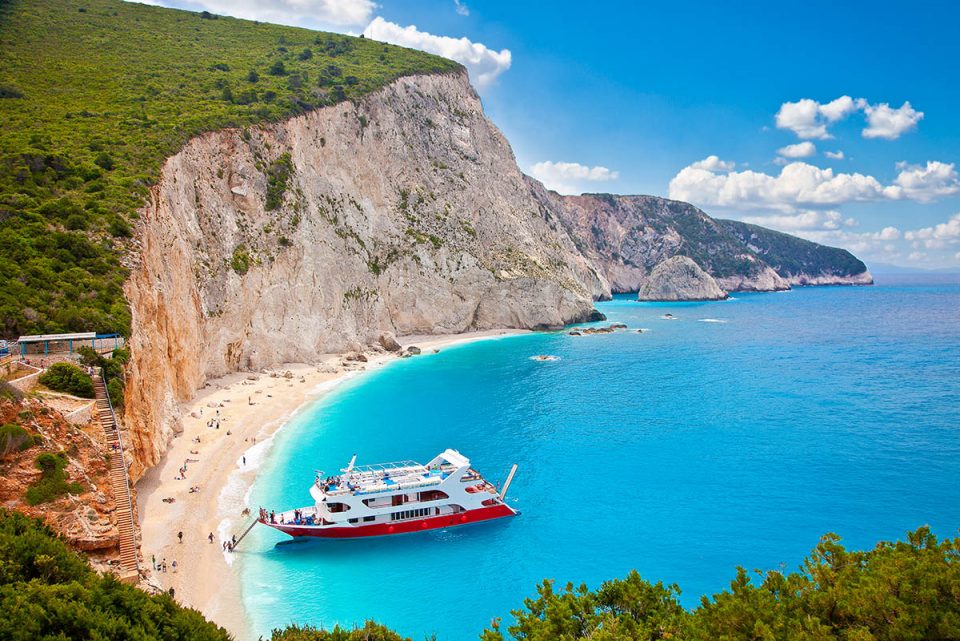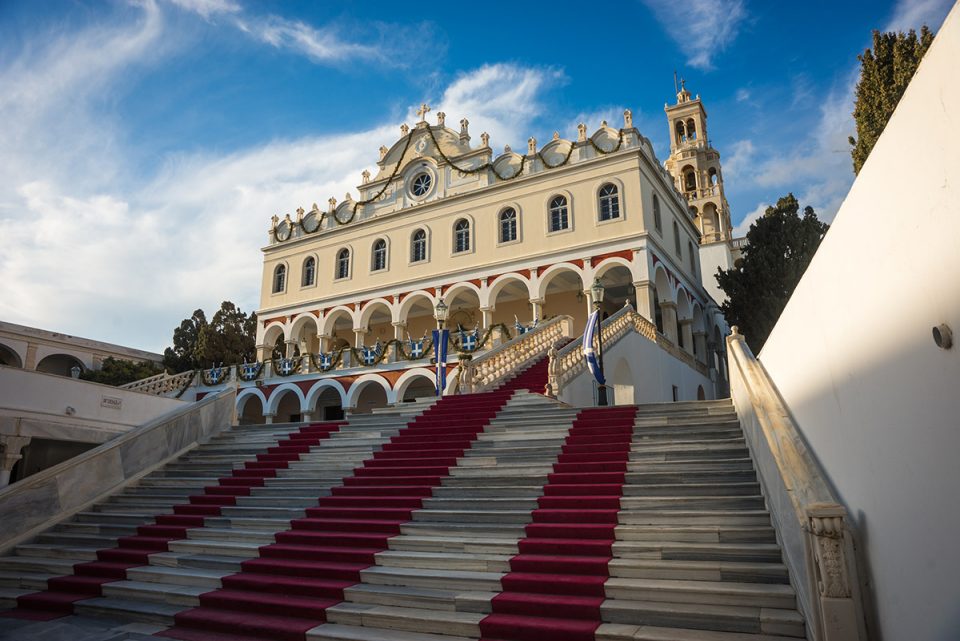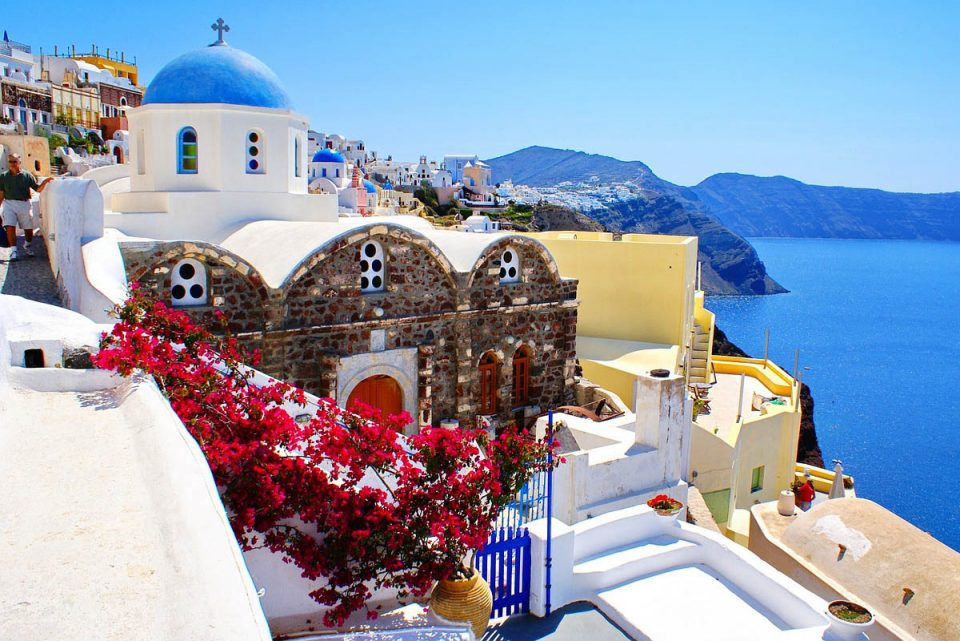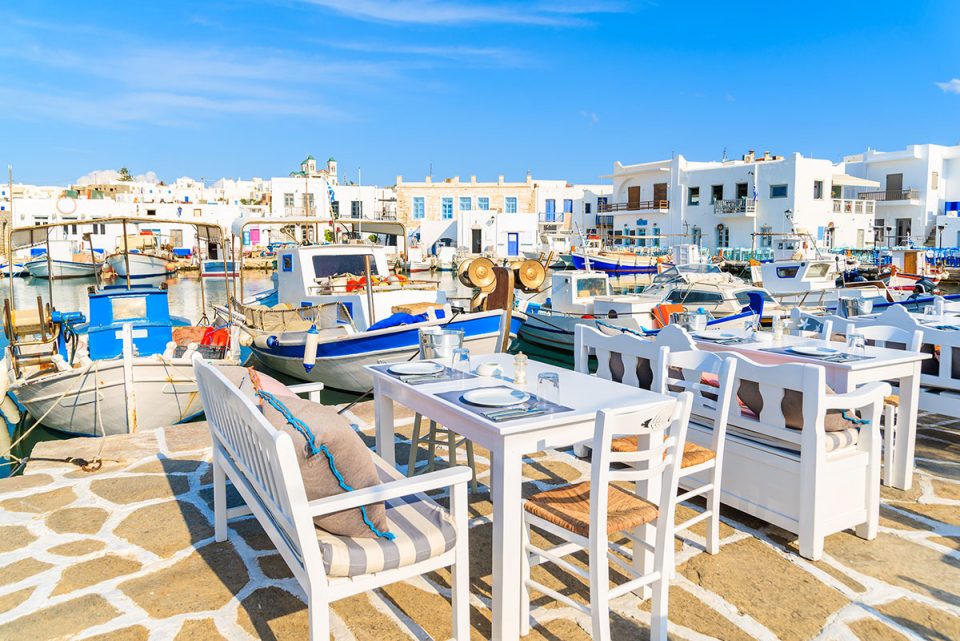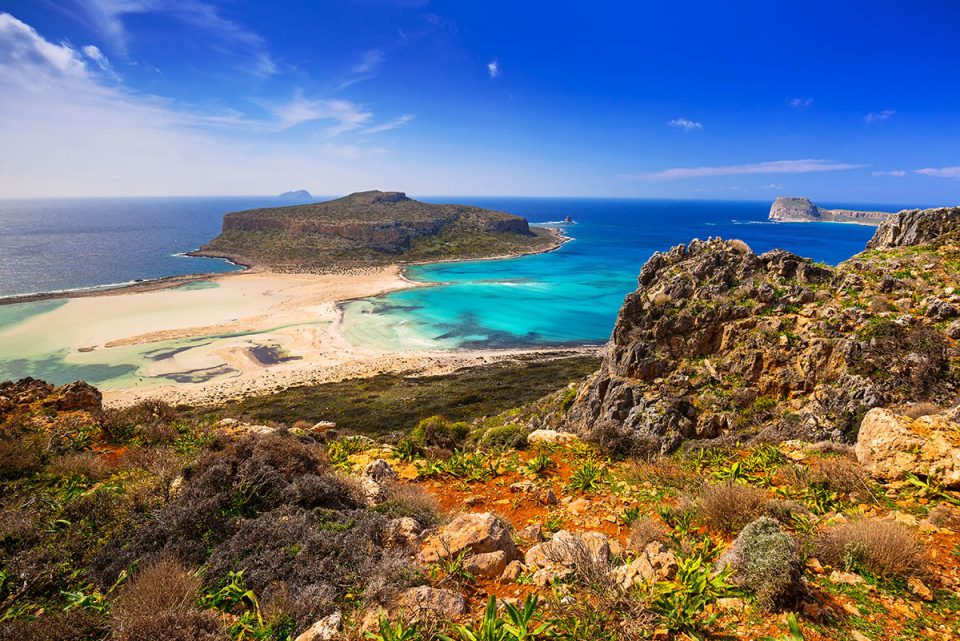This is the largest island in the Ionian Sea. Its name comes, according to tradition, from the first inhabitant of the island, the mythical hero Cephalus. The trademark of Kefalonia is Myrtos beach, a huge white beach with lush surrounding vegetation and shallow blue waters.
The water in the shallows is greenish blue and clear, providing the observer with unique images. There are however, other, equally beautiful beaches, such as Antisamos in the region of Sami, where the film Captain Corelli's Mandolin was shot; the beach of Xi in Lixouri; the crowded beaches in Skala, Platys Gialos and Makris Gialos, for those visitors who wish to go to organised beaches, which combine facilities with natural beauty.
In terms of accomodation, the excellent tourist infrastructure, with a variety of quality hotels, villas, and studio rooms both in the island’s capital and tourist resorts such as Lassi and Skala, and in picturesque towns, such as Sami and Lixouri, deserves praise.

The island is an ideal place for amazing wanderings in the castles of Agios Georgios and Assos, with their battlements, towers and turrets still preserved today, as well as in Drogkarati Cave, with stalagmites and stalactites, the lake-in-a-cave of Melissani, the central Square and the Bell Tower, in the National Park, the Natural History Museum and the Church of Saint Spyridon.
Kefalonia is also known as the island of sea-mysteries, as there one can observe the sea water that vanishes at Katavothres – one of the most popular attractions on the island – and browse the mystic cave of Melissani Lake, where the tour takes place in boats.
Furthermore, the visitor can stroll in the cosmopolitan town of Fiskardo, one of the most picturesque places of Kefalonia. As visitors end their stroll, either along the sea or through the Lithostroto (central cobbled street) spending time window shopping, they arrive at the central square of the island, Vallianou Square, where they one select the shop that best suits him.
As for the cuisine of Kefalonia, it is worth mentioning and tasting traditional dishes like the Kefalonian meat pies, aliada (garlic paste), bourbourelia, pastitsada and also to taste the local delicacies, almonds nougat and mandolato nougat.
Finally, one of the most spectacular phenomena or miracles that happen in Kefalonia, include the little snakes of our Lady, which every year, from 6th August to the 15th (Virgin Mary’s Assumption) or 16th (St Gerasimos’ Day), make their appearance on the island. The snakes appear in Markopoulo region, around the Church of Panagia Lagkoybara. According to tradition, the Church was once an ancient Monastery dedicated to Virgin Mary; one day the nuns, seeing pirates climbing to the monastery, pleaded to the Virgin for help. She worked a miracle as a result of which the area became full of these snakes, forcing the pirates to run away.










